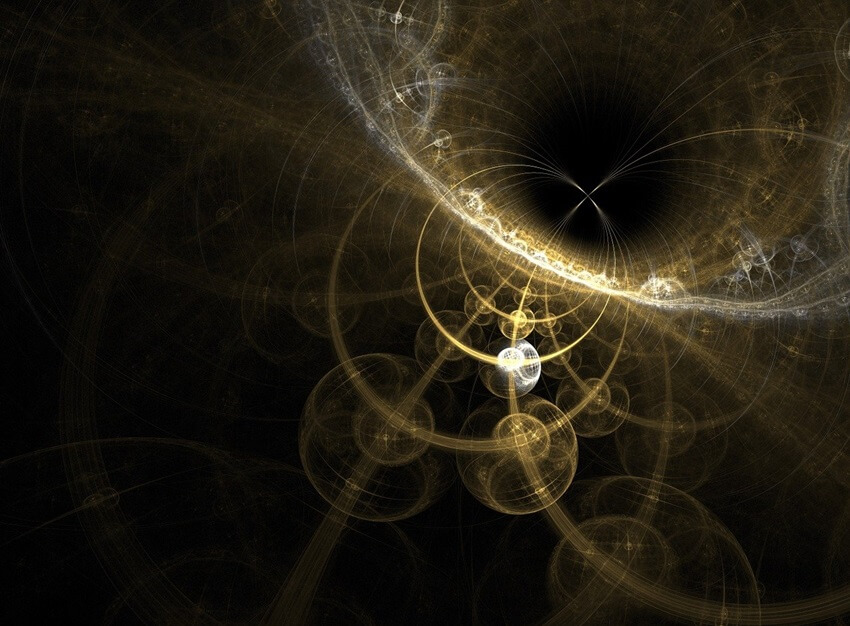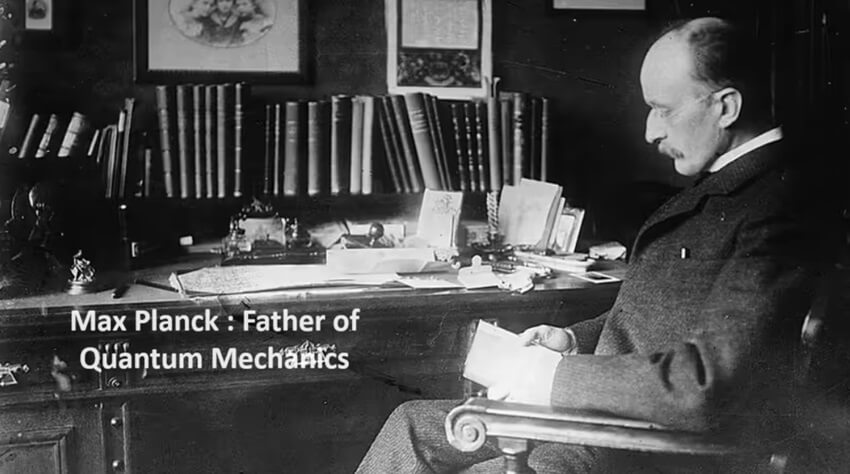Max Planck, often referred to as the “Father of Quantum Mechanics,” made a groundbreaking discovery in 1900 when he introduced the concept of quantization of energy. By proposing that energy emits in discrete amounts or “quanta,” Planck laid the foundation for a new understanding of the physical world, challenging classical physics.
Following in Planck’s footsteps, Albert Einstein further advanced the field of quantum mechanics with his theory of the photoelectric effect in 1905, for which he was awarded the Nobel Prize in Physics. Einstein’s work provided concrete evidence for the existence of photons and helped solidify the idea that light behaves both as a wave and a particle. His contributions marked a significant shift in scientific thinking and set the stage for the development of quantum theory by future pioneers in the field.
Max Planck and the Birth of Quantum Theory
Max Planck, a German physicist, made a groundbreaking contribution to the field of quantum theory in the early 20th century. By introducing the concept of quantization to explain the behavior of radiation emitted by hot objects, Planck laid the foundation for a revolutionary shift in our understanding of the physical world. His idea that energy is emitted or absorbed in discrete units, or “quanta,” challenged classical physics and paved the way for the development of quantum mechanics.
The discovery of Planck’s constant, a fundamental physical constant in quantum theory, was a pivotal moment in the history of science. This constant established a quantifiable relationship between the energy of electromagnetic radiation and its frequency, providing a new framework for studying the behavior of particles at the atomic and subatomic levels. Planck’s work marked the beginning of a paradigm shift that would ultimately lead to the formulation of a new set of principles governing the behavior of particles on the smallest scales of existence.
Albert Einstein’s Contributions to Quantum Mechanics
Albert Einstein is renowned for his groundbreaking contributions to the field of quantum mechanics. His ideas revolutionized the understanding of the physical world and laid the foundation for future developments in the field. Einstein’s pioneering work in photoelectric effect, which earned him the Nobel Prize in Physics in 1921, played a crucial role in the early formulation of quantum theory.

One of Einstein’s most famous critiques of quantum mechanics was his rejection of the probabilistic nature of the theory, as encapsulated in his famous quote, “God does not play dice with the universe.” He believed in a deterministic universe governed by hidden variables, in contrast to the inherent randomness inherent in quantum mechanics as proposed by other physicists. Despite his reservations about certain aspects of quantum theory, Einstein’s contributions paved the way for further exploration and refinement of the theory by subsequent generations of scientists.
Niels Bohr and the Development of Quantum Theory
Niels Bohr made significant contributions to the development of quantum theory, playing a pivotal role in shaping our understanding of the quantum world. One of his most noteworthy achievements was his proposal of the Bohr model of the atom, which introduced the revolutionary idea of quantized electron orbits. This model provided a theoretical framework that explained the spectral lines of hydrogen, advancing our comprehension of atomic structure.
Building upon the work of Max Planck and Albert Einstein, Niels Bohr’s quantum theory laid the foundation for future advancements in the field. His principle of complementarity emphasized the dual nature of light and matter, highlighting the wave-particle duality inherent in quantum phenomena. By bridging the gap between classical physics and quantum mechanics, Bohr’s theories paved the way for a more coherent and comprehensive understanding of the subatomic realm.
Werner Heisenberg and the Uncertainty Principle
Werner Heisenberg, a German physicist, made a groundbreaking contribution to the field of quantum mechanics with his formulation of the Uncertainty Principle. The Uncertainty Principle states that it is impossible to simultaneously know both the exact position and momentum of a particle with absolute precision.
This principle challenged the long-held belief in classical physics that the behavior of particles could be predicted with certainty. Heisenberg’s work revolutionized the way scientists understood the behavior of particles at the quantum level, highlighting the inherent uncertainty and unpredictability that exists within the realm of quantum mechanics.
Erwin Schrödinger and the Wave Function
Erwin Schrödinger was an Austrian physicist whose groundbreaking work in quantum mechanics revolutionized the way we understand the behavior of subatomic particles. His development of the wave function, a mathematical equation that describes the wave-like nature of particles, was a key element in the formulation of quantum mechanics.
Schrödinger’s famous thought experiment, known as Schrödinger’s cat, illustrated the concept of superposition and the idea that particles can exist in multiple states simultaneously until they are observed, highlighting the mysterious and counterintuitive nature of quantum theory.
The wave function, represented by the symbol Ψ, is a complex mathematical function that contains all the information about a particle’s quantum state. It allows us to make predictions about the probabilities of different outcomes when measuring the properties of a particle. Schrödinger’s wave equation, known as the Schrödinger equation, is a fundamental equation in quantum mechanics that describes the time evolution of a quantum system. This equation has been instrumental in advancing our understanding of the behavior of particles at the atomic and subatomic levels, shaping the way we view the quantum world.
Paul Dirac and the Discovery of Antimatter
In the realm of quantum mechanics, one cannot overlook the significant contribution of Paul Dirac and his groundbreaking discovery of antimatter. Dirac’s innovative work revolutionized the field and laid the foundation for further exploration into the mysterious realms of particle physics. Through his meticulous research and theoretical insights, Dirac not only proposed the existence of antimatter but also provided a framework for understanding the fundamental aspects of matter-antimatter interactions.
By introducing the concept of antimatter, Dirac expanded our understanding of the universe and challenged conventional notions of particle physics. His theoretical predictions paved the way for experimentalists to confirm the existence of antimatter, leading to profound implications in the field of quantum mechanics. Dirac’s work continues to inspire researchers to delve deeper into the mysteries of the cosmos and explore the intricate relationships between matter and antimatter.
The Copenhagen Interpretation of Quantum Mechanics
The Copenhagen Interpretation of Quantum Mechanics is a widely accepted framework for understanding the behavior of particles at the quantum level. Developed primarily by Niels Bohr and Werner Heisenberg in the 1920s, this interpretation posits that particles exist in multiple states simultaneously until they are observed, at which point they collapse into a single state. This concept, known as wave function collapse, highlights the probabilistic nature of quantum mechanics and the inherent uncertainty in predicting the behavior of particles.
One of the key tenets of the Copenhagen Interpretation is the idea of complementarity, which suggests that certain properties of particles, such as position and momentum, are inherently uncertain and cannot be simultaneously measured with precision. This principle challenges our classical intuition of the physical world and emphasizes the need to embrace the inherent randomness and indeterminacy present at the quantum level. Despite its philosophical implications and ongoing debates within the scientific community, the Copenhagen Interpretation remains a foundational framework in the study of quantum mechanics.
Who Invented Quantum Theory?
Max Planck is credited with inventing quantum theory in 1900 when he proposed that energy is transferred in discrete packets called quanta, a revolutionary idea that Einstein, Bohr, and others later developed into the quantum mechanics we know today.
| Read More Topics |
| The underlying concepts of NMR |
| Chemical vapour deposition (CVD) |
| What is the principle of Raman spectroscopy? |






